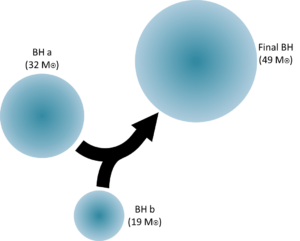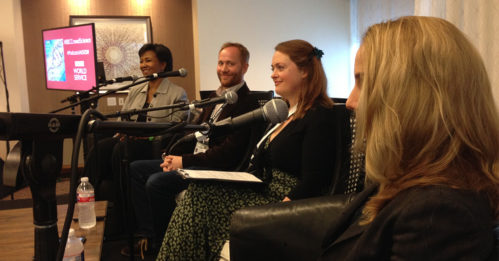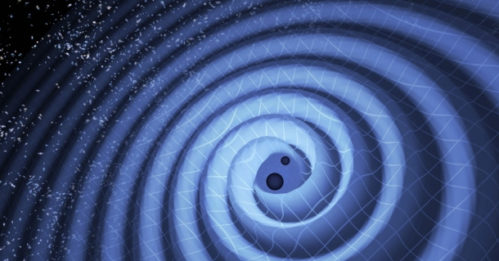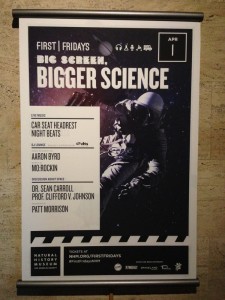North Carolina Science Fair!
 Tomorrow I’ll be giving a talk at the North Carolina Science Festival! The talk will be about black holes, time, space, movies, and books, held inside the historic Morehead planetarium. I’ll sign the book for you after if you want.
Tomorrow I’ll be giving a talk at the North Carolina Science Festival! The talk will be about black holes, time, space, movies, and books, held inside the historic Morehead planetarium. I’ll sign the book for you after if you want.
Here is a link to the event.
(On the plane over, rather than doing my usual sketch-a-face-from-a-magazine exercise you might be familiar with from earlier posts, e.g. here, I made some new sketches for use in the talk. One of those is above.)
























